Name Magnus Enckell | Education Academie Julian | |
 | ||
Artwork Faun, Mother of the Artist, Nakoala Porvoosta | ||
Magnus enckell sibelius karelia suite intermezzo
Sotto un pallido sole magnus enckell by f fiorellino
Biography
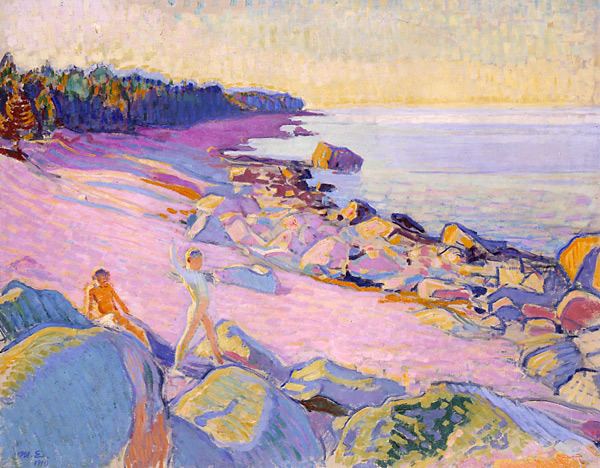
Knut Magnus Enckell was born on 9 November 1870 in Hamina, a small town in eastern Finland, the son of Carl Enkell, a priest, and Alexandra Enckell (born Appelberg). He was the youngest of six sons.
Contents
- Magnus enckell sibelius karelia suite intermezzo
- Sotto un pallido sole magnus enckell by f fiorellino
- Biography
- References

In 1889, at the age of 19, he began his artistic studies in Helsinki, at the Drawing School of the Finnish Art Association, but he dropped out and continued his studies privately under Gunnar Berndtson. Enckell was the first Finnish artist to break with Naturalism, which was the established style during his education in Helsinki 1889-1891.
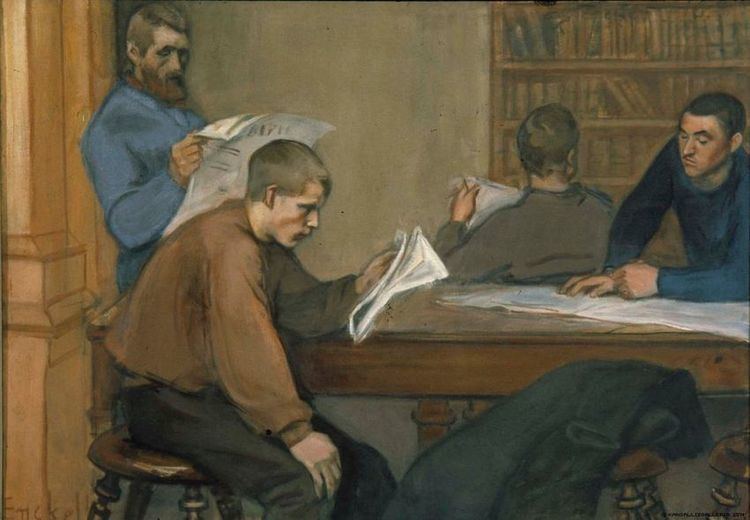
In 1891 he went to Paris for the first time, where he became a student of Jules-Joseph Lefebvre and Jean-Joseph Benjamin-Constant at the Académie Julian. There he was drawn to the Symbolist movement, and w as Symbolist literature.
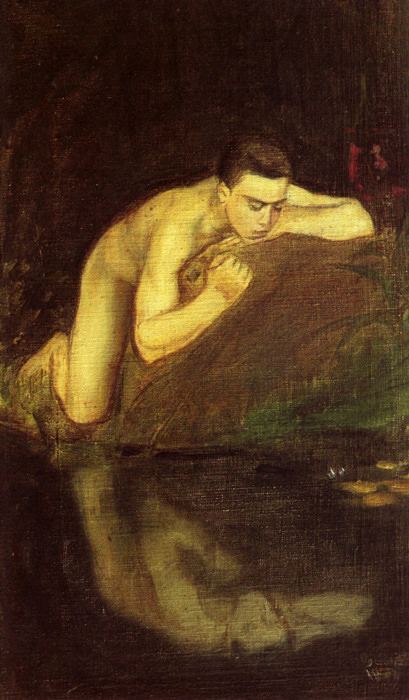
During a stay in Brittany he made two paintings in spare colors: Self-Portrait and Breton Woman. He was enthusiastic about the Renaissance and about the idealistic and mystical ideas Sâr Péladan, from whom he took the androgynous standard of beauty which he applied in his work.
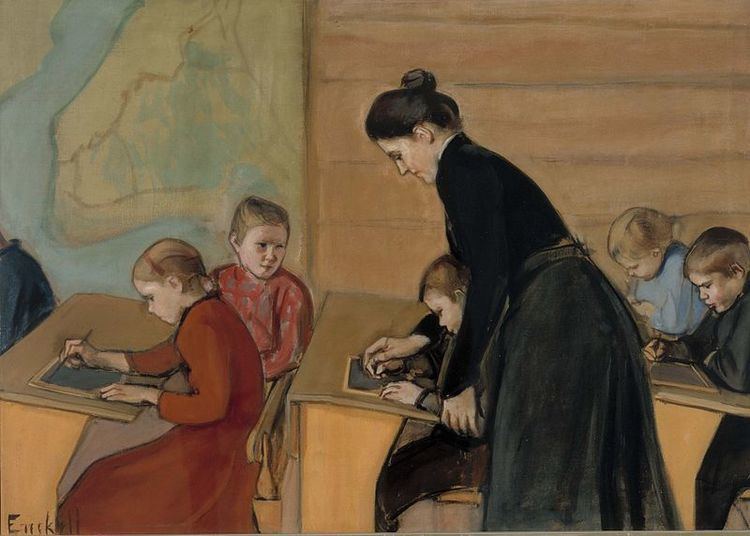
During his second stay in Paris in 1893, he painted The Awakening, in which he used a rigorous composition and transparent colors to suggest a spiritual atmosphere; and, through contact with the Swedish artists, O. Sager-Nelson and I. Agueli, he deepened his interest in mysticism.

Enckell was homosexual, as seems indicated in some erotic portraits which were quite uninhibited for their time. As Routledge's Who’s who in gay and lesbian history puts it, "His love affairs with men have not been denied ... Enckell's naked men and boys are openly erotic and sensual.".
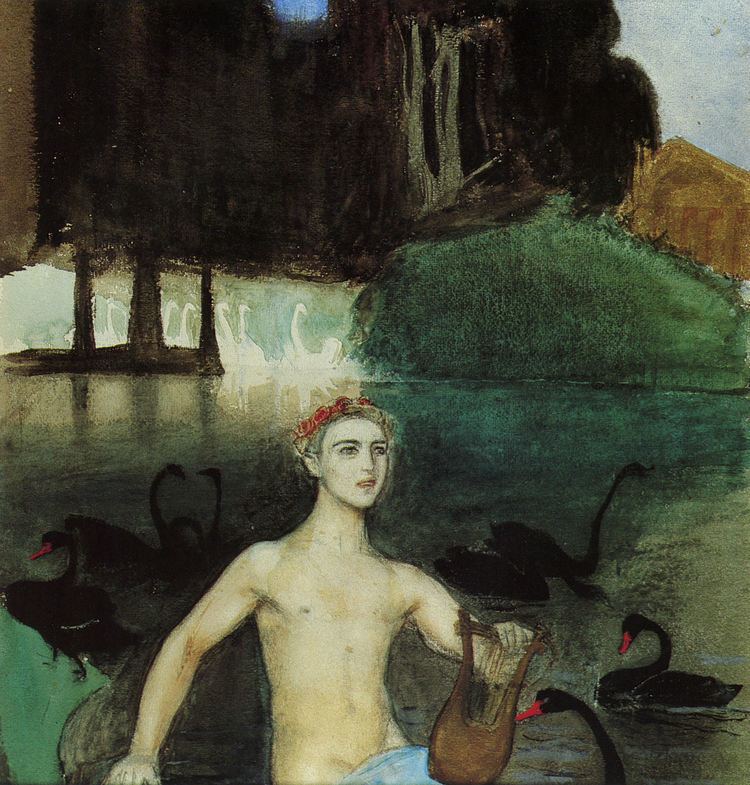
In 1894 and 1895 Enckell traveled to Milan, Florence, Ravenna, Siena and Venice, where his inner conflicts were reflected in his art. In 1898 he taught himself fresco and tempera techniques in Florence, by studying the work of Masaccio and Fra Angelico.
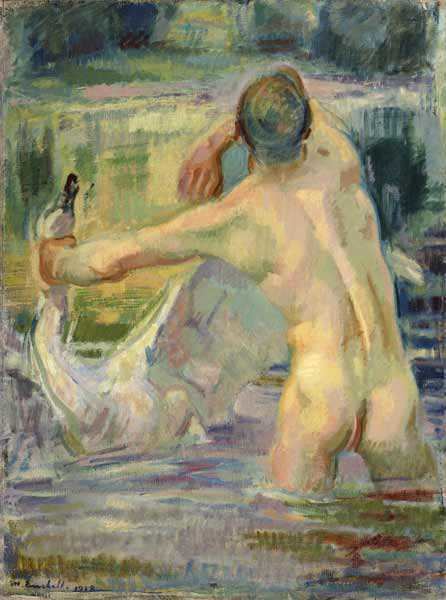
The years in Italy gave his work a greater range of colors and a more optimistic foundation. In the first years of the twentieth century, under the influence of Post Impressionism, he developed a brighter, more colorful palette. An example of this is the series, The Bathers, in dark, lively colors. Together with Verner Thomé and Ellen Thesleff, Enckell founded the group 'Septem', in which artists who shared his beliefs came together.
1907 Enckell executed the commission for the altarpiece of Tampere Cathedral. The fresco, more than 10 meters wide and 4 meters high, shows, in subdued colors, the resurrection of people of all races. In the middle of the painting two men walk hand in hand.
From 1901 onwards Enckell spent many summers on Suursaari Island, where he painted his "Boys on the Shore" (1910). He organised exhibitions of Finnish art in Berlin (1903) and Paris (1908), and of French and Belgian art in Helsinki (1904). He chaired the Finnish Arts Association from 1915 to 1918, and was elected a member of the Fine Art Academy of Finland in 1922.
Enckell died in Stockholm in 1925. His funeral was a national event. He was buried in his native village in Finland.
